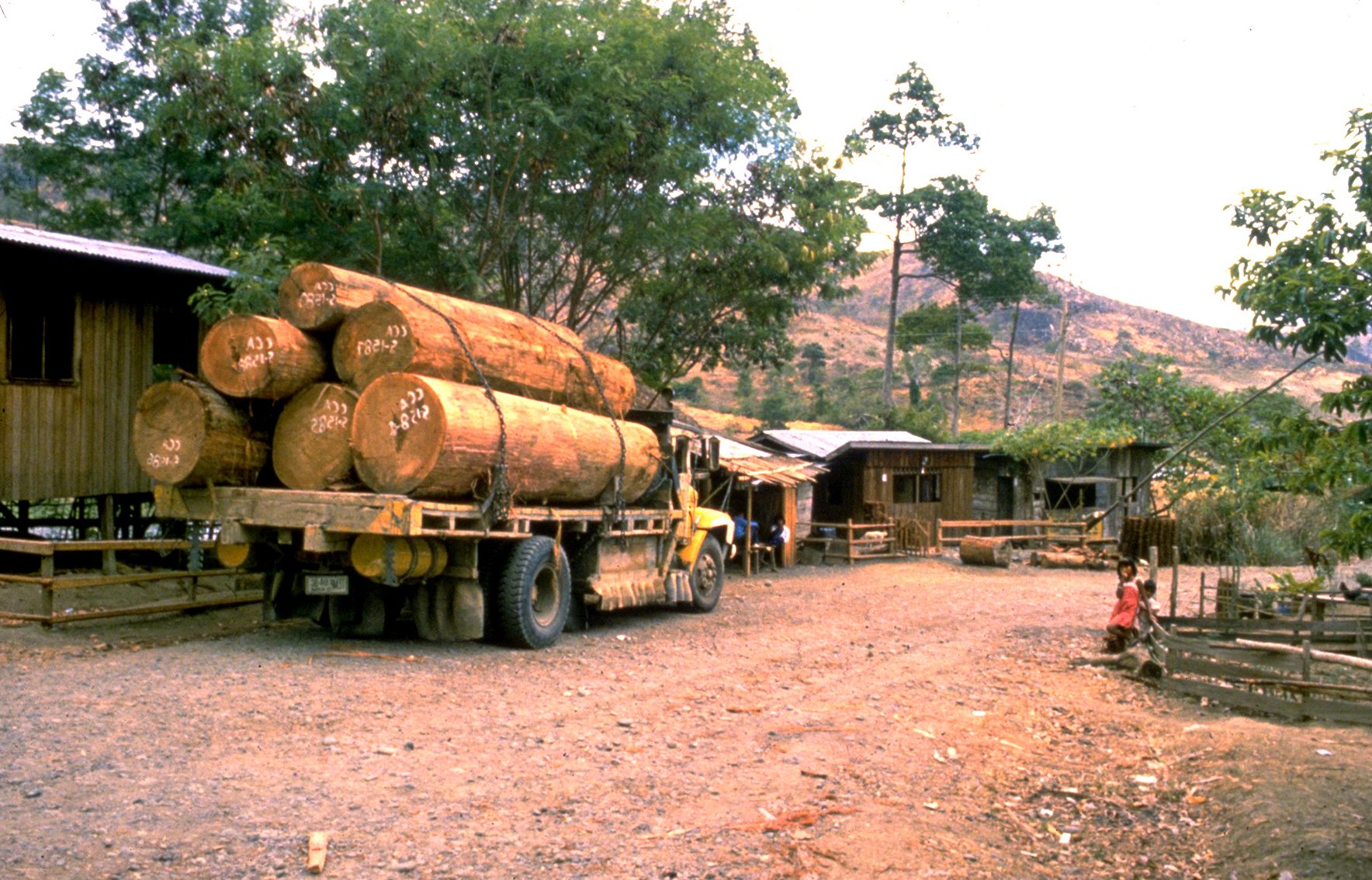
A reflection by Fr. Charlie Gervais, S.F.M.
The tall, stately Lawaan trees with branches only at the top created a cool, protective canopy above us. Underneath, the forest looked clean. The ground ferns, herbaceous plants, young saplings, and mosses seemed all proportionally spaced and planned by the Master Designer.
We walked on a carpet of freshly fallen leaves, cushioned underneath by the older layer of decaying matter, or biomass, providing natural fertilizer and continuing the life cycle—a continuum of death and resurrection.
Parasitical aerial ferns and vines clung to the trees, together with white and purple orchids in full bloom. We walked on a carpet of freshly fallen leaves, cushioned underneath by the older layer of decaying matter, or biomass, providing natural fertilizer and continuing the life cycle—a continuum of death and resurrection.
In 1984 I spent six days wandering through a virgin forest with my Manobo tribal friends as guides. I was fascinated by the beauty of God’s creation. I was emotionally moved by the clean rivers, streams, and springs from which we drank and bathed. I will never forget the experience.
Since my arrival in the Philippines in 1980, I have mourned the rampant destruction of the rainforest by logging companies.
Since my arrival in the Philippines in 1980, I have mourned the rampant destruction of the rainforest by logging companies. Their destructive logging methods were illegal, but no one bothered to complain.
The small farmer would follow the logging companies, burn the remaining tree stumps on the hillsides, and plant their crops. This practice did not allow the forest to regenerate. Many of these poor farmers had been displaced from their land by huge multinational corporations growing pineapples, coffee, and bananas for export.
With the hillsides laid bare due to aggressive logging practices, the rains erode the topsoil quickly, rendering the land useless for farming in a few short years. Every year, hundreds of hectares of fertile soil in the valley are washed away to the sea because of the floods caused by the destruction of the watershed.
By 1985, one of the two big companies logging in San Fernando moved into the virgin forest I had visited the year before. They began to destroy the forest. Two years later, a group of concerned parishioners who had become aware of the serious ecological situation, picketed and managed to stop this company.
In 1988 they picketed again and stopped the second logging company. Things seemed to be getting a bit under control in the San Fernando valley. The people had managed to save at least some of the virgin forest.
One day a report came to me that there were illegal loggers and rattan cutters coming into the virgin forest from outside the boundaries of the area. I was very saddened by the news.
The next morning, while I was praying on the veranda of the rectory, I talked to the Lord about what was happening to the forest He had given us. At that moment, Minggai our cat, who was an excellent mouser, came running onto the veranda with a mouse in his mouth. Minggai stood in front of me as if to say, “Look what I’ve got.” I thought to myself, the forest in this area has about as much chance to survive as that mouse has in the mouth of Minggai.
Just then, Minggai threw the mouse in the air to begin to play with it. The veranda has a wall around it with a six inch space between the floor and the wall. The mouse fell exactly in that space under the wall and went scampering away, much to the dismay of Minggai.
Since then, there continues to be reforestation efforts in the watershed area and assisted natural regeneration. The Manobo tribal peoples are also presently reforesting bamboo along some rivers and streams. There are still many problems in the area and there needs to be much more education on the importance of a balanced ecosystem. But whenever I get discouraged, my mind goes back to the incident with Minggai and the mouse.
Fr. Charlie Gervais served most of his 55 years of priesthood in the Philippines.
In 1987, the Basic Ecclesial Communities (BECs) and Peoples’ Organization (Pagbugtaw sa Kamatuoran) in San Fernando, Bukidnon, successfully campaigned against logging companies with the help of Scarboro missionaries and the Redemptorist Mission Team, and with the support of Bishop Gaudencio Rosales and the local clergy. Poor farmers and members of BECs barricaded the highways with their bodies and did not allow logging trucks to pass until the Aquino Government finally declared a total log ban in the province of Bukidnon. The BECs and grassroots communities entered into partnership with the Department of Energy and Natural Resources in implementing the log ban and a reforestation program. Today serious efforts are underway to reforest bald hills and develop ecologically sound ways of farming…Pope Francis’s encyclical Laudato Si, which cites the Philippine bishops’ 1988 pastoral letter, “What is happening to our beautiful land,” is an affirmation of the pioneering efforts of the Church in the Philippines—including the BECs—to defend the environment. Bishops, priests, religious, and lay people in various parts of the country have been at the forefront in the struggle against logging, mining and coal-fired power-plant projects. As we respond to Pope Francis’s “urgent challenge to protect our common home,” each diocese, parish, BEC, lay organization, movement, and association needs to study the encyclical and come up with plans to continually concretize the Church’s commitment to the environment…For all of us, it will mean adopting a more simple and green lifestyle and rejecting consumerism.
–Taken from the website of the Catholic Bishops Conference of the Philippines

